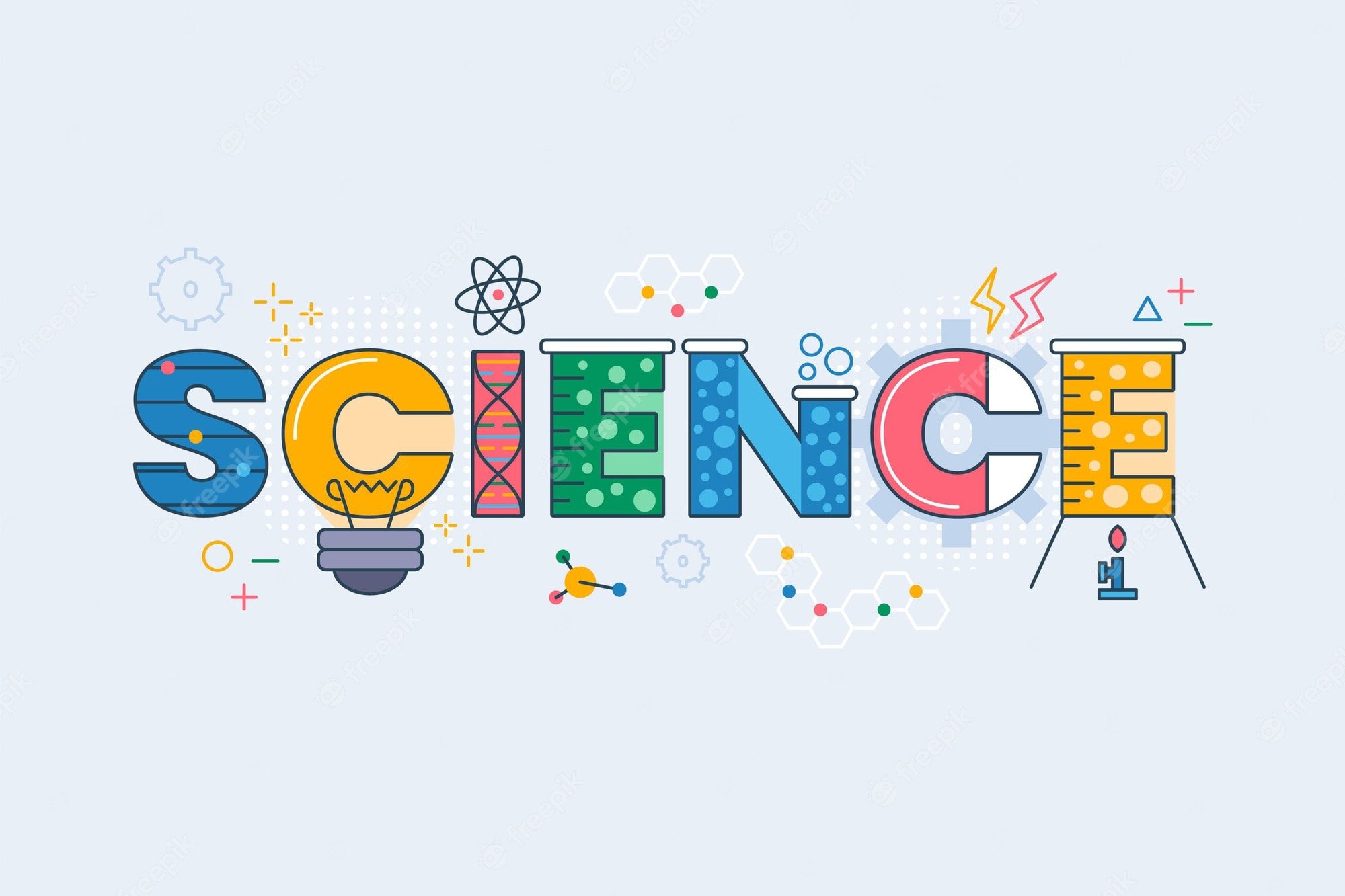Every time I try to understand how forces which hold atoms and molecules together work, I find myself wanting to ask this question: why not the other way around? Could there be an atom which has electrons and neutrons inside, and protons outside?
It feels like a silly question, but is there something we know about the universe we live in that implies that this is not possible?
Electrons are not subject to the strong nuclear force that glues the protons neutrons together. This means that no attractive force would prevent electric repulsion to scatter a “electron nucleus”.
From a field theory perspective, the strong nuclear force is a SU(3) gauge interaction and the electron field transforms as a singlet under that SU(3)
This was my thoughts to. Electrons don’t clump together on their own. Do gluons even affect electrons at all, or is that more of a baryonic thing?
Strong interaction is really designed as a baryonic thing, leptons have no color charge (which is another way to say that they transform as SU(3) singlets). Leptons do not interact with gluons.
Not at tree-level anyway. See for example this list of vertices.At loop levels, it’s possible to imagine an electron decaying into neutrino+W, then W into two quarks who can then interact with gluons, but as it’s down a couple of orders in perturbation theory so probably much too weak to hold a nucleus together. Not an expert in particle physics so I do not know with certainty whether a couple-of-loops interaction can have a measurable effect.
ELI5 answer: protons and electrons have equal but opposite electromagnetic charges, but they have other qualities that make them dissimilar- for example, protons have a lot more mass than electrons do. It’s those other factors that prevent electrons from clumping in the nucleus.
From the point of just moving the charge, yes, it’s called antimatter. Antielectrons are positive, antiprotons are negative. From the mass point of view though it would be a different kind of physics altogether since electrons have virtually no mass compared to the other two particles, and protons don’t exist as a particle-wave duality, so neither protons or electrons would act the same by just switching them out in a Bohr atom model arrangement. Maybe someone with more in depth knowledge can give additional or better reasons.
protons don’t exist as a particle-wave
They do, but protons have a much shorter wavelength due to their greater mass.
Because Franklin fucked up the direction.
you mean this guy, right?
No, I mean Benjamin Franklin.
If anything, the universe seems to indicate that anything is possible in the multiverse, and that everything that is possible happens somewhere, mayhaps just in a locality we dont have access to. That being said, swapping an elementary particle like the electron for a proton made of quarks would involve corresponding changes to the way the forces worked, which might require a different spacetime geometry, or extra dimensions to make the math of the vibrational modes work. So, that’s the most complex way I could think of to say there is no way to prove a negative. And those are all the words I know.
Thing is, trying to do a complete swap, there’s a point when the thought experiment kinda eats itself: you end up with a universe which is exactly the same, except the words “proton” and “neutron” are swapped.
The logic of it is fascinating in itself.




